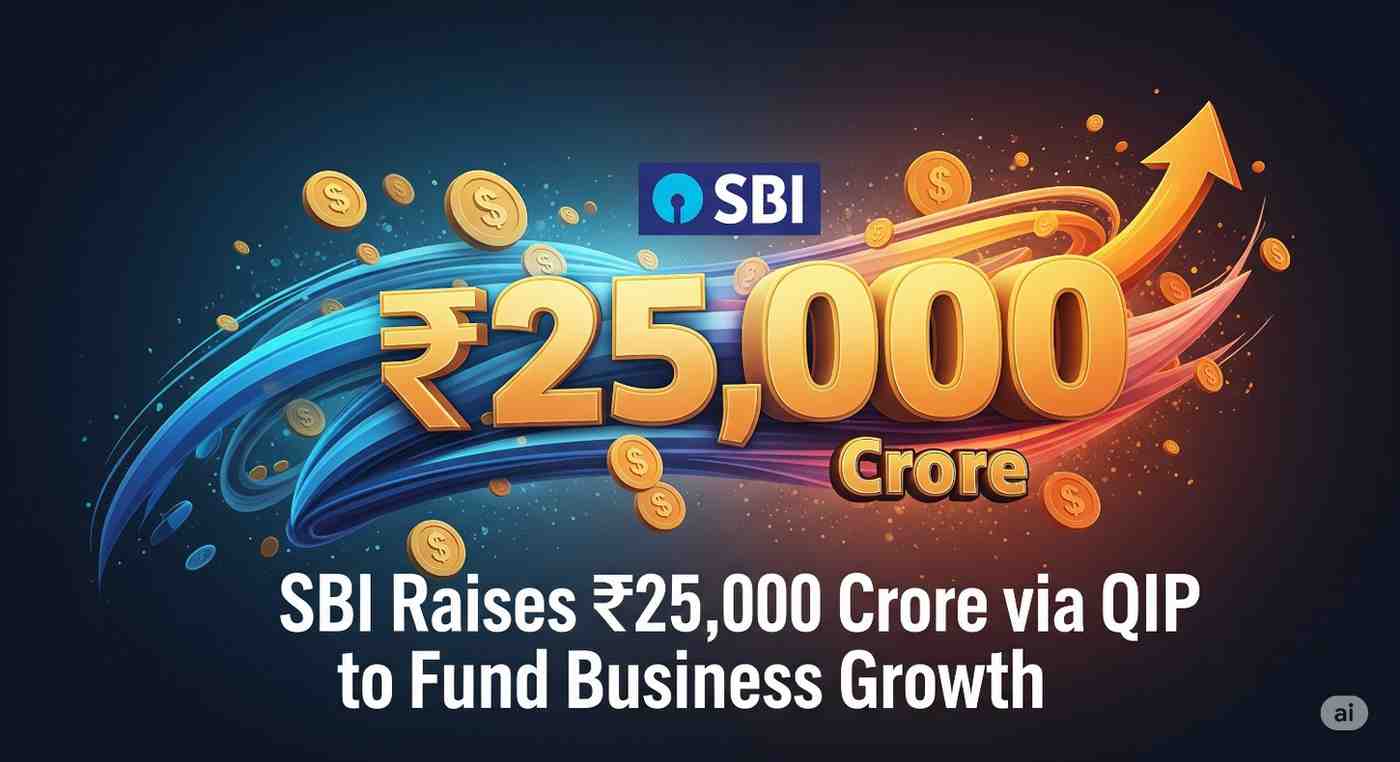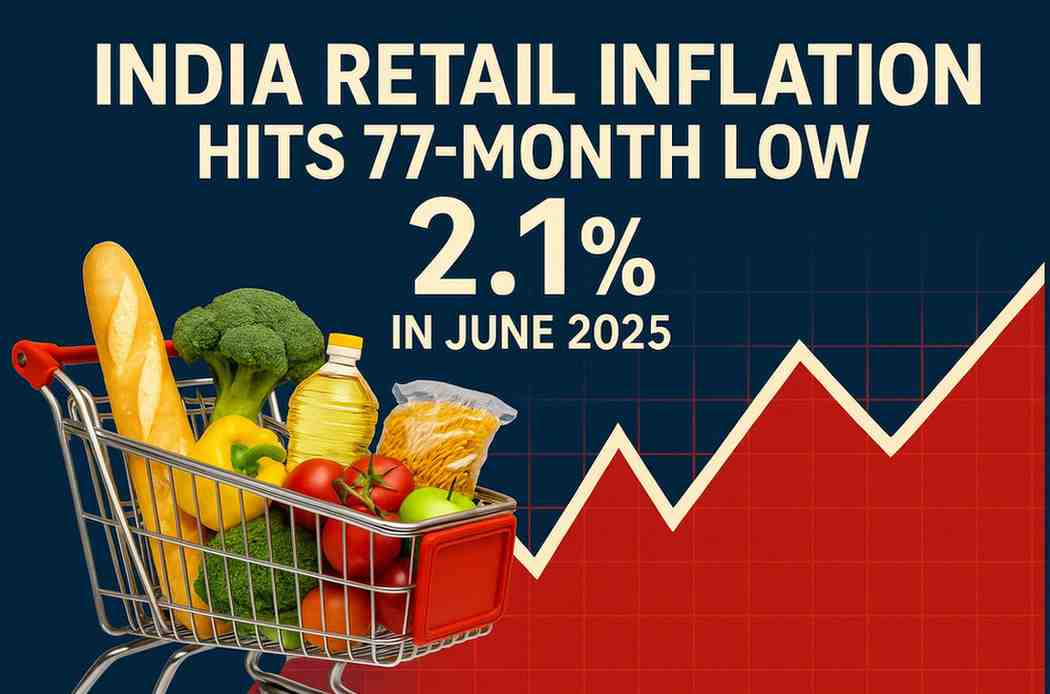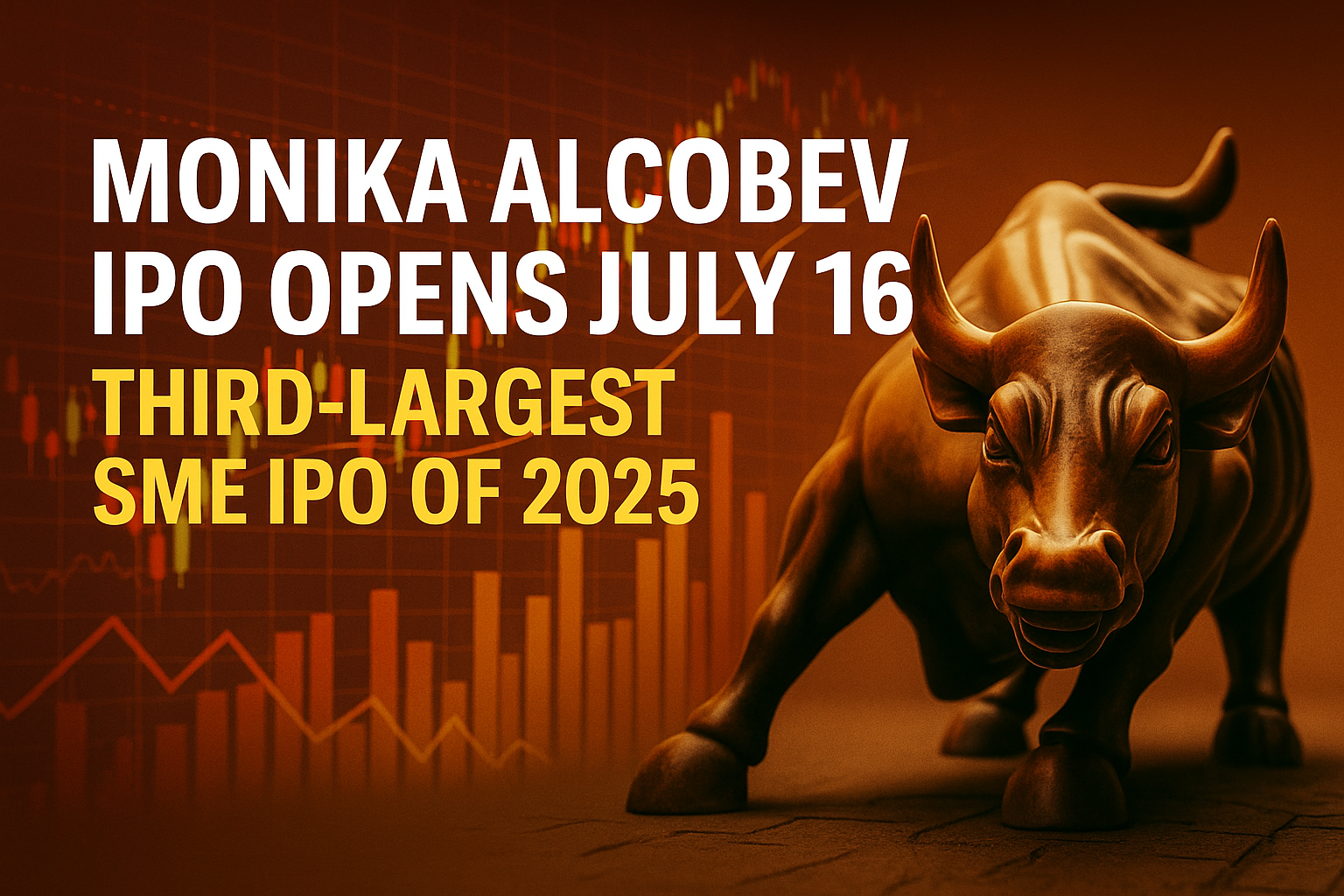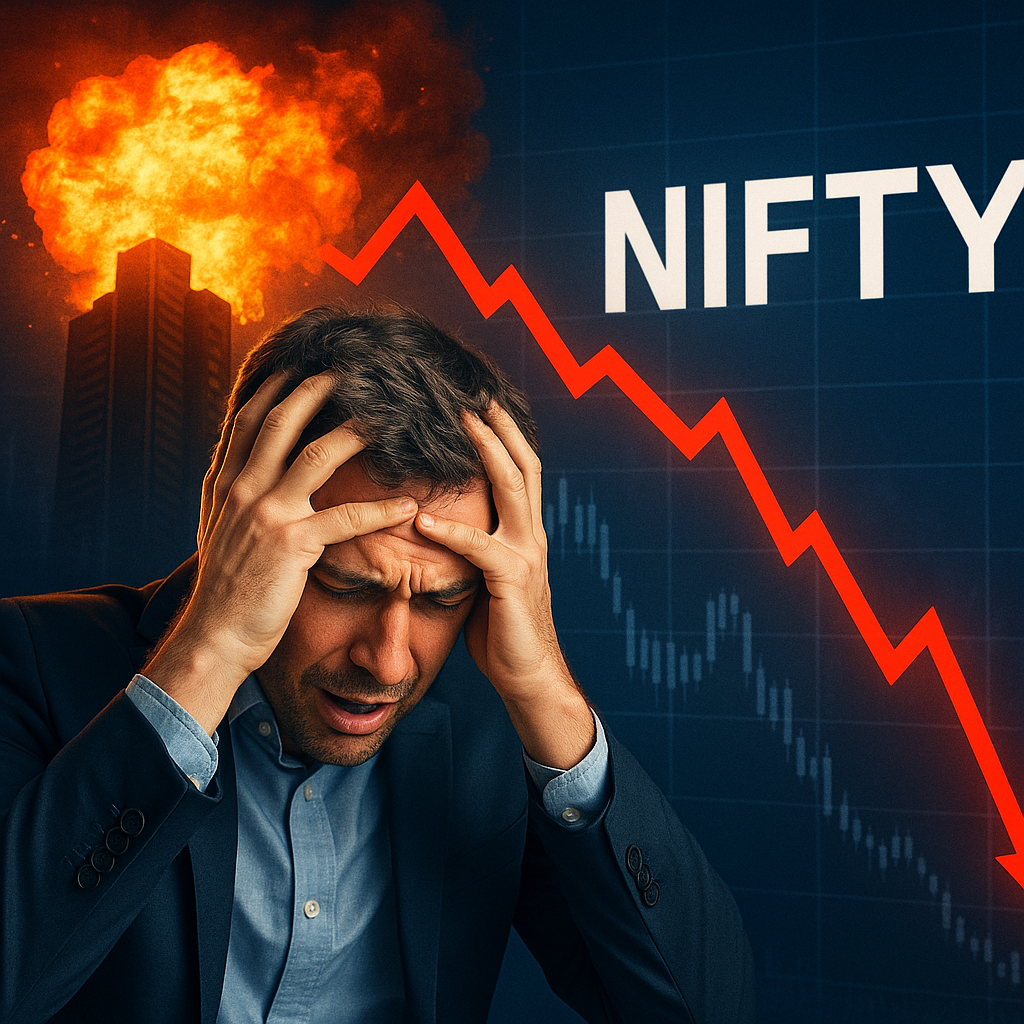-
Algos
-
Stocks
-
Trading
-
Strategies & Arbitrages
-
Mutual Funds
Bitcoin just blew past $123,000, but this rally feels different. It is not just about price charts and social media hype. The latest surge is being fueled by a powerful combination of institutional money pouring in through new investment products and major legislative developments in the United States that could change the cryptocurrency landscape for good.
This is more than just another bull run. It represents a fundamental shift in how the traditional financial world and government bodies view digital assets. From record-breaking ETF inflows to a flurry of activity during what many are calling “Crypto Week” in the U.S., the signs point to a new phase of adoption.
This guide breaks down what’s really behind the current bull run. We will cover the massive impact of ETFs, the recent regulatory progress in the U.S., and why countries like India are watching these developments so closely.
One of the biggest drivers of the recent price action is the massive success of spot Bitcoin ETFs (Exchange-Traded Funds). These investment vehicles have been a game-changer for the industry, opening the door for a wave of new capital to enter the market.
Before the introduction of spot ETFs, buying Bitcoin was a difficult process for many traditional investors. It required setting up accounts on crypto exchanges, managing digital wallets, and dealing with the technical side of holding the asset. A spot Bitcoin ETF completely removes this friction.
Think of it as a stock that tracks the price of Bitcoin. It allows anyone with a standard brokerage account to get exposure to Bitcoin just as easily as they would buy shares in a company like Apple or Google. This accessibility is a huge deal because it makes Bitcoin a legitimate and easy-to-buy asset for a much broader audience, including large institutional players.
The launch of these ETFs has resulted in record-breaking inflows of cash. We are not talking about small retail investors. This is a tsunami of institutional money from asset managers, hedge funds, and other large financial players who can now allocate parts of their massive portfolios to Bitcoin.
This has two major effects. First, it creates immense buying pressure, as the ETF issuers have to purchase actual Bitcoin on the open market to back the shares they sell to investors. Second, it adds a new layer of legitimacy to the asset class. When major Wall Street firms offer and promote Bitcoin products, it signals to the rest of the market that cryptocurrency is here to stay.
This institutional adoption fundamentally changes the story around Bitcoin. For years, it was seen by many as a speculative, niche asset for tech enthusiasts and risk-takers. Now, it is being integrated into the traditional financial system.
This shift in perception is just as important as the price itself. It creates a more stable foundation for the market and encourages more conservative investors who were previously waiting on the sidelines to get involved.
Another major factor fueling the bull run has been a series of significant legislative developments in the United States during what has been dubbed “Crypto Week”. For the first time, U.S. lawmakers are making serious, bipartisan progress on creating a clear regulatory framework for digital assets.
This is not just talk. Concrete bills are moving through the legislative process, aimed at ending the regulatory uncertainty that has long held back the industry in the U.S.
Perhaps most surprising is the changing political tone surrounding crypto. The industry is no longer a partisan issue. There is growing bipartisan support for creating clear regulations, and high-profile political figures, including President Donald Trump, have made positive statements about the importance of the digital asset industry in the U.S.
This political shift sends a powerful message to the market. It suggests that the era of regulatory hostility may be ending, to be replaced by a more constructive approach aimed at fostering innovation while protecting consumers.
The regulatory developments in the United States are not just a local issue. They have a massive global ripple effect, and countries like India are watching very closely.
The U.S. is often seen as a global leader in financial regulation. When it creates a clear, workable framework for a new asset class, it often becomes a blueprint for other nations to follow. For a long time, countries like India have had a complex and uncertain relationship with crypto, sometimes considering outright bans.
The progress in the U.S. offers another path. It shows that it is possible to regulate the industry in a way that protects consumers without stifling innovation. This could encourage Indian policymakers and regulators to create their own clear set of rules, providing a stable environment for businesses and investors.
With Bitcoin crossing $123,000, it is easy to focus only on the price. But the real story is the foundational shift happening beneath the surface. The combination of massive institutional adoption through ETFs and serious progress on regulatory clarity in the U.S. suggests that this bull run is built on something more solid than past rallies.
With the market in a consolidation phase, investors will be closely watching several key triggers in the coming week to gauge its direction. According to Siddhartha Khemka, "As the earnings season progresses, markets are expected to witness volatility driven by stock-specific factors." He added that investors will now shift their focus to key domestic macro data and earnings updates.
Here are the key things to watch for:
For the latest updates on these developments and daily market news, be sure to follow TheAIBull.com.

State Bank of India (SBI) has raised ₹25,000 crore through a QIP. Learn about the details of the share sale, LIC's investment, and what it means for the bank.

The Indian IPO market is heating up with seven companies, including NSDL and Hero Fincorp, expected to launch issues worth nearly Rs 10,000 crore by the end of July.

IDFC First Bank shares fall 6% in 5 days. UBS initiates neutral coverage, citing high credit costs and muted ROA as key challenges for the bank.

India's retail inflation hit 2.1% in June 2025, a 6-year low, driven by food prices. Learn what the latest CPI data means for future RBI rate cuts.

Monika Alcobev, a premium liquor importer, is launching its Rs 165.6-crore SME IPO on July 16. Get all the key details on the price band, issue size, and financials.

Discover why weak Q1 earnings, FII selling, and global trade tensions are putting pressure on Indian markets.
